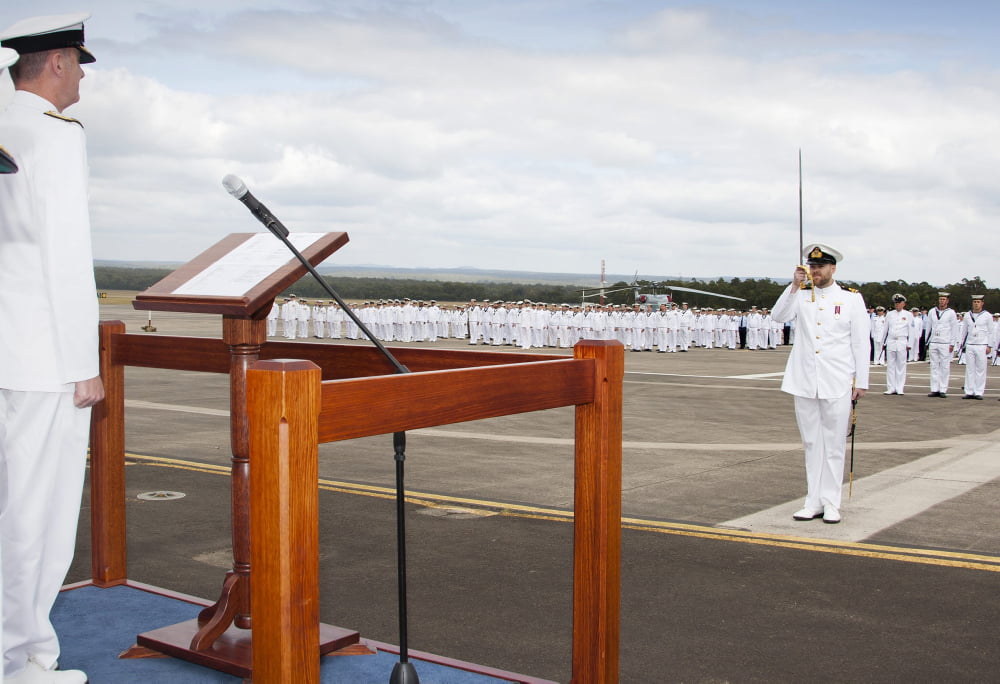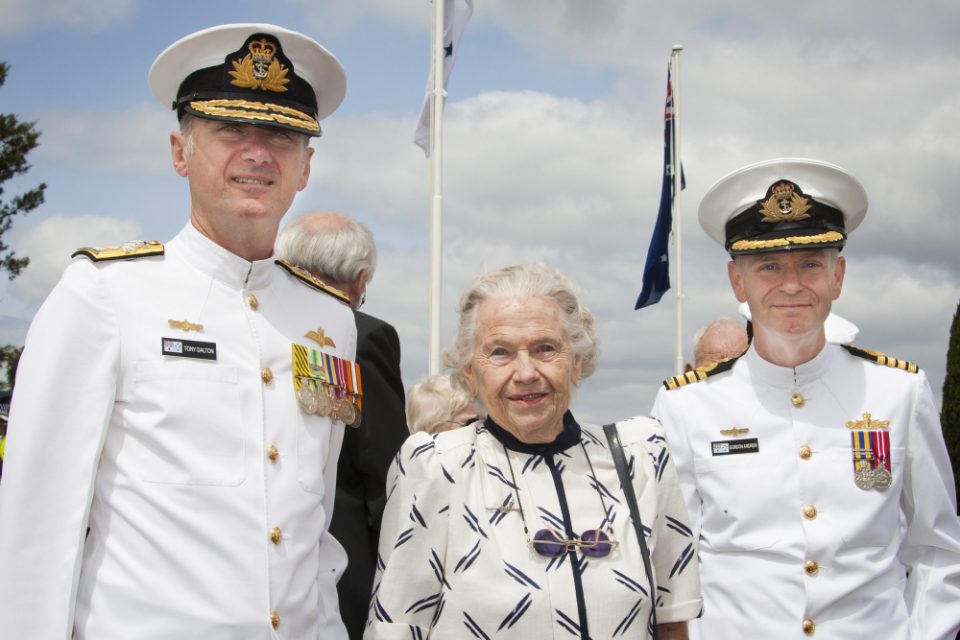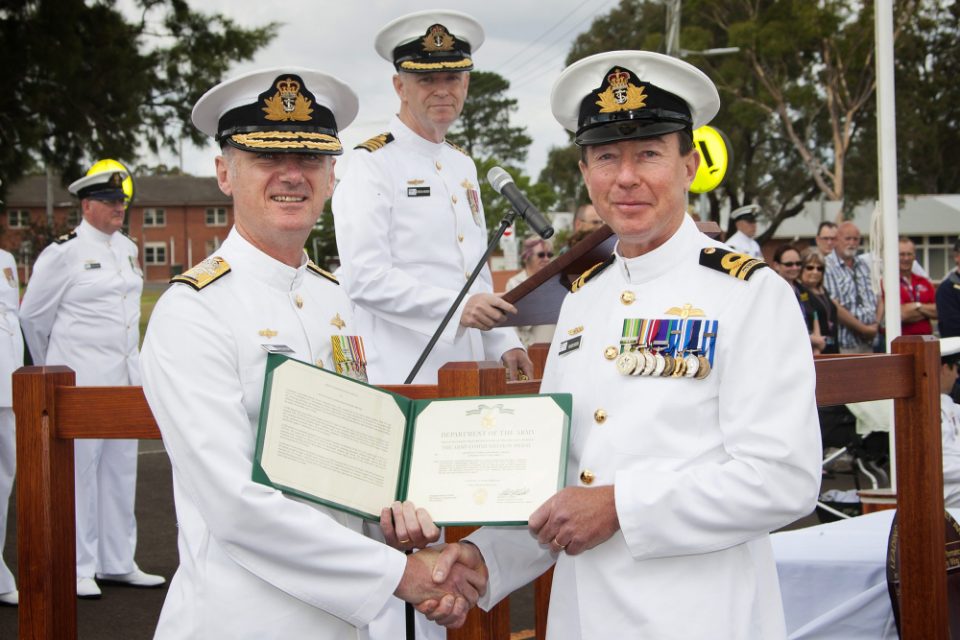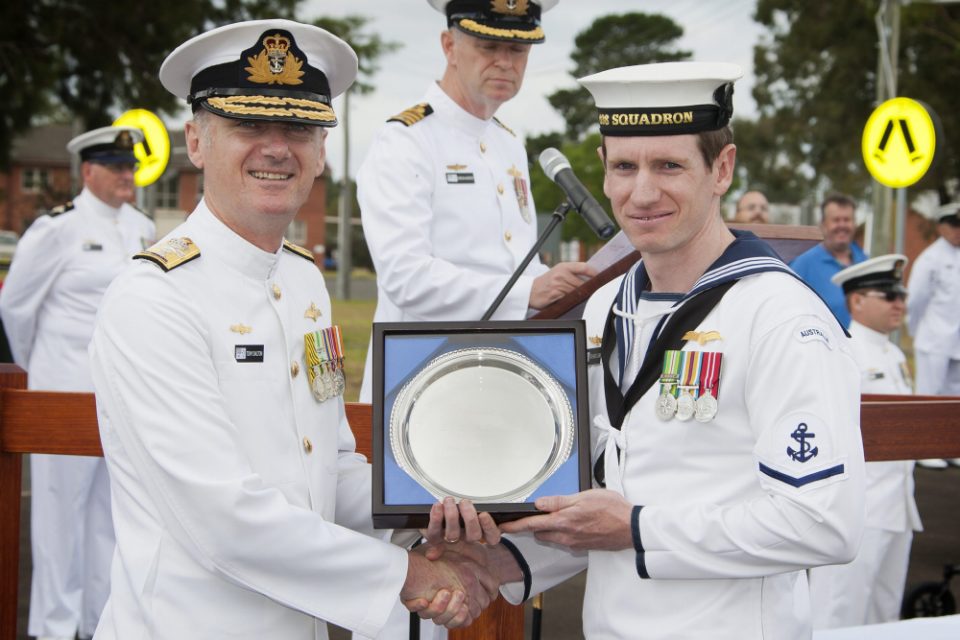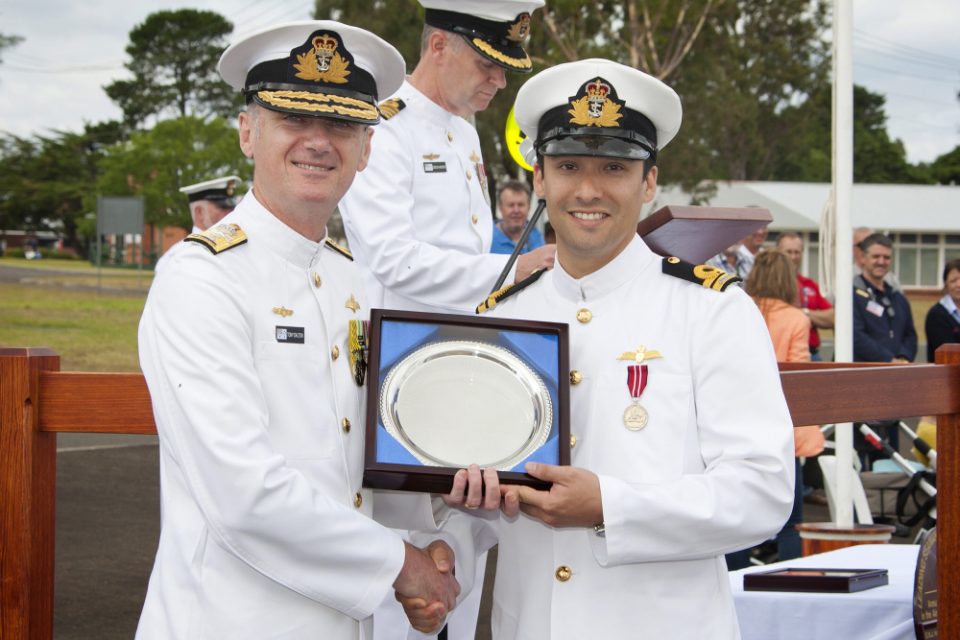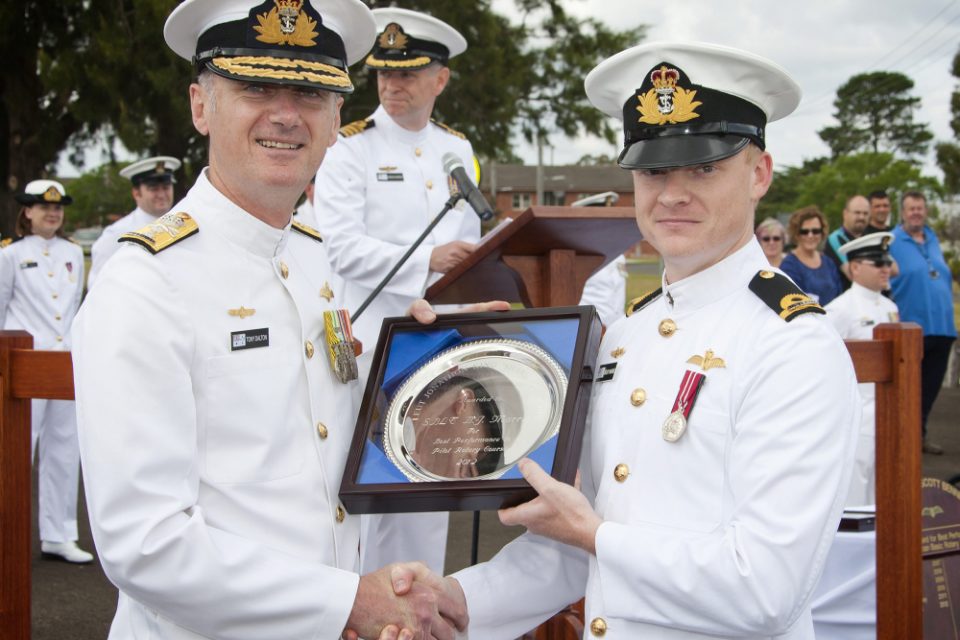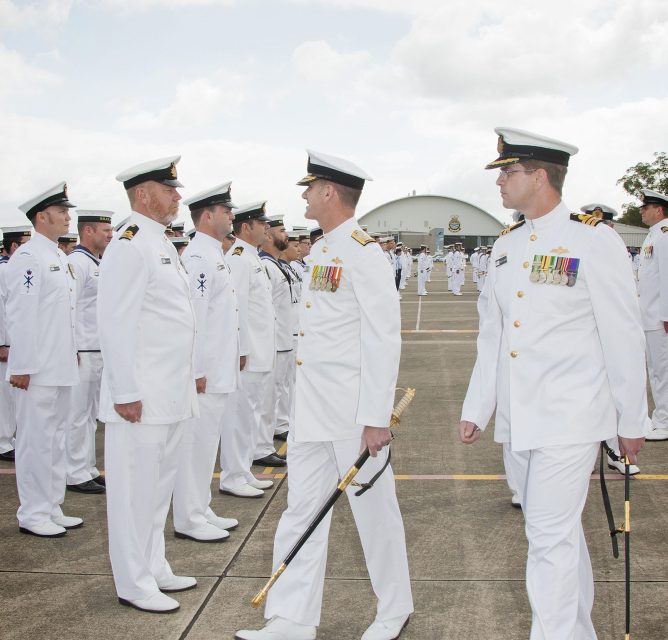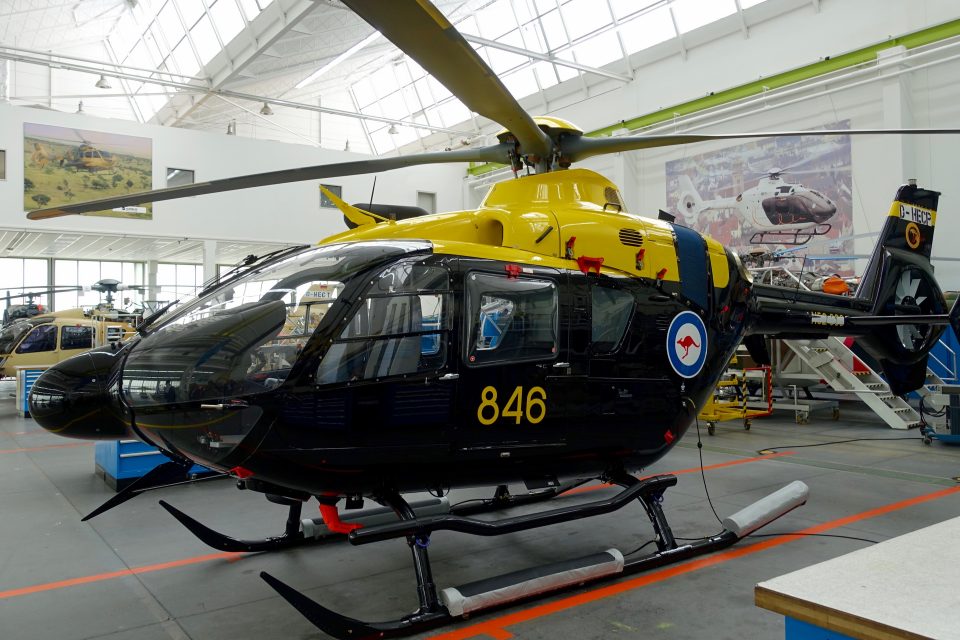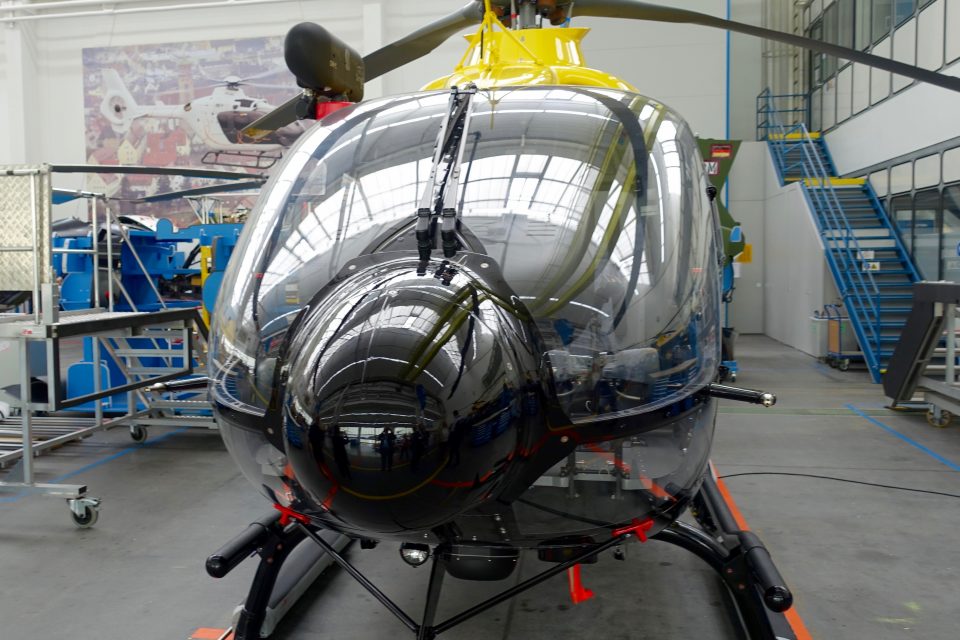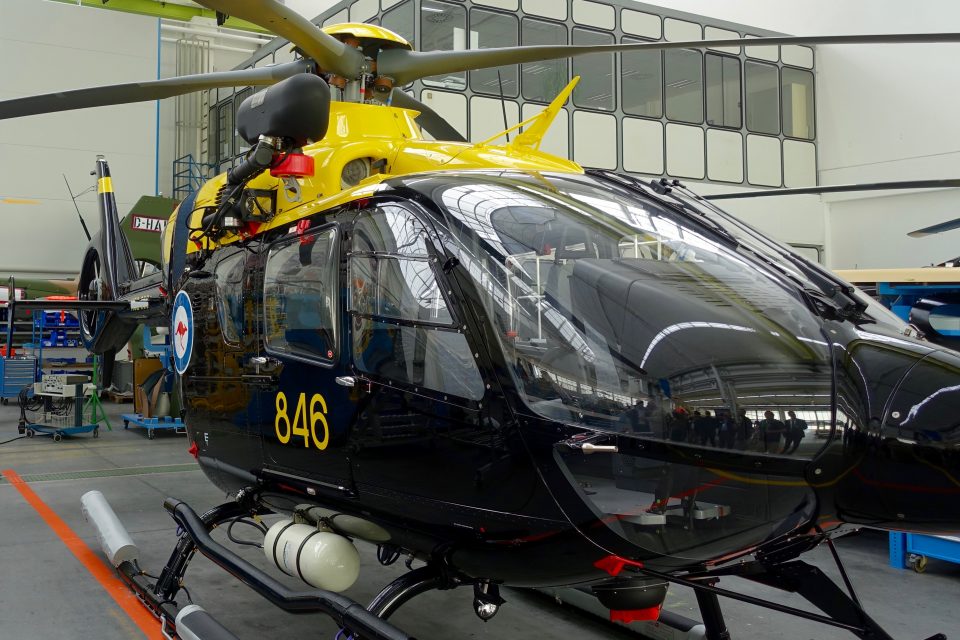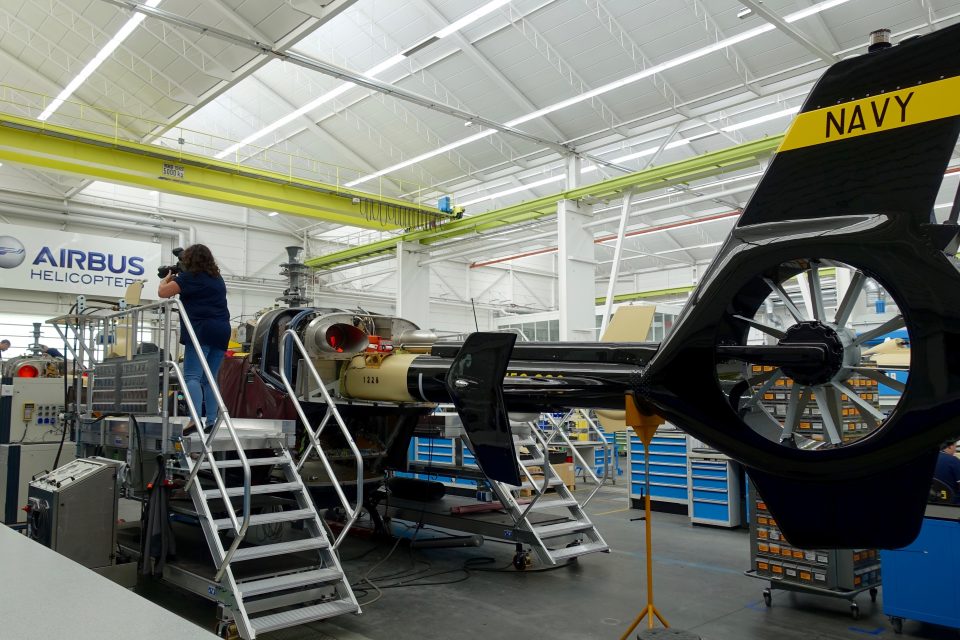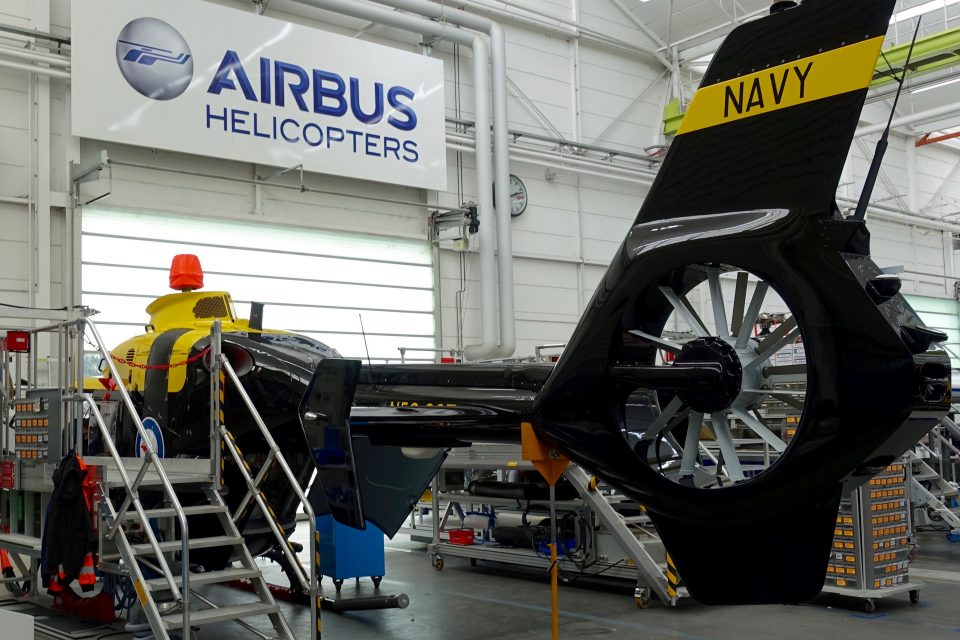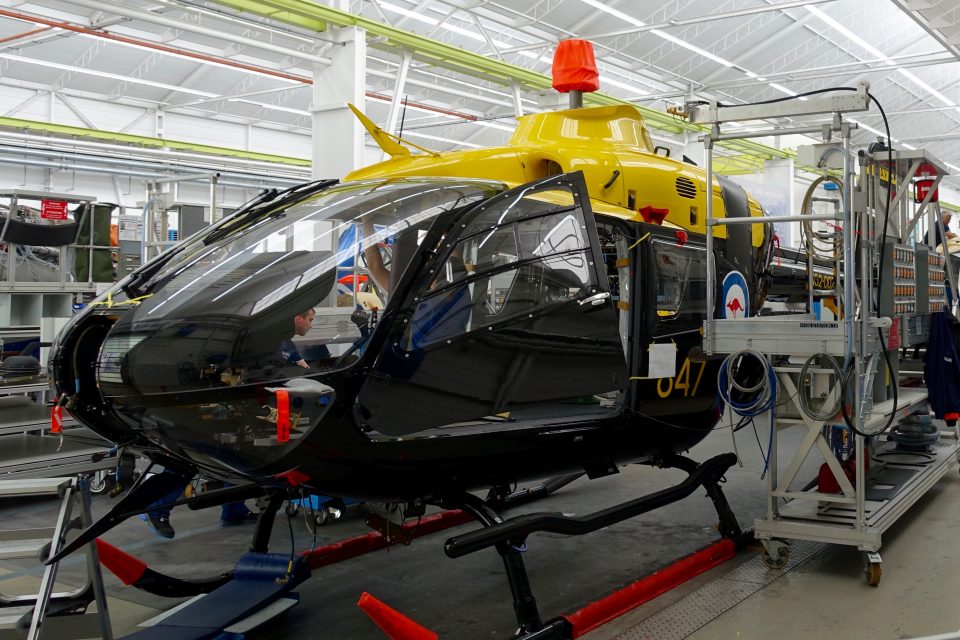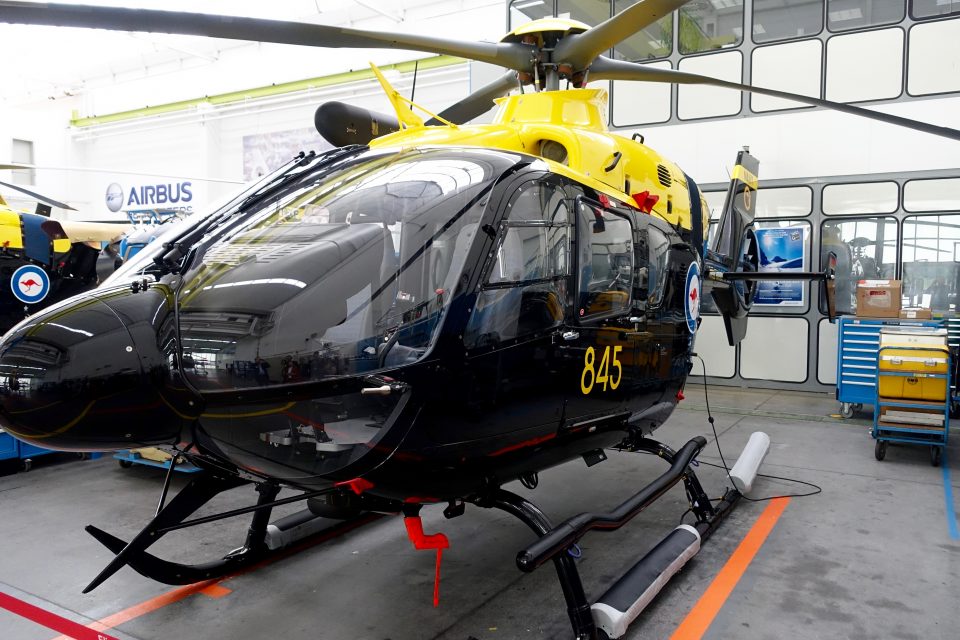2016-08-29 By Robbin Laird
Prior to the latest Williams Seminar on shaping a 21st century joint force, I had a chance to meet and discuss the challenges with Rear Admiral Tony Dalton.
He is the head of the Joint Systems Division of the ADF’s acquisition and sustainment group and has come to that position having managed the acquisition and sustainment of the helicopter force of the ADF from a joint perspective.
The Joint Systems Division contains five branches, two of which the Rear Admiral referred to as the outliers, namely explosive ordnance (including guided weapons) and electronic and associated types of what we call tron warfare.
“From a divisional perspective, these two outliers do largely independent things across all three of our service domains. Guided weapons include everything from fast jet missiles to solider-based GBAD through to submarine torpedoes.
“At the other end, we have all of the intelligence, surveillance, reconnaissance and electronic warfare systems. Rather than being platform-centric, we’ve put them all into one spot so we can leverage the limited number of “pointy heads” that we have in that space. We cover the whole spectrum of electromagnetic warfare.
“Across the middle are three more closely related branches, namely air and space surveillance and control, communications and critical systems. The latter handles all the software applications of the forces we send on operations.”
Having two of the more dynamic areas of warfare as positioned as “outliers” can allow his team to position itself from cross domain innovation as well.
Another opportunity comes from sorting out how equipment acquired from FMS or foreign sources can be reconfigured to operate as integrated assets.
He pointed out that although, for example, the RAAF has bought the latest US Navy systems such as Growler and P-8, they don’t have seamless interconnectivity built in, something which the ADF views as crucial to achieve.
“The data sets are not interchangeable and in fact, in some of them use different tables to look at the same data.
“When we look at, say, local information that we might want to put on a P‑8 and the Romeo (MH-60R – both ASW platforms) in terms of water column data, they actually use different formats.
“We have to now format our data in a number of different ways to put them into a joint mission planning system for each of those platforms.
This is a challenge but one which must be met to shape an integrated force.”
He emphasized the broad strategic change in the operational environment facing the ADF and how that requires a change as well in the operation of the ADF as a joint force.
“We’ve done some really clever things in the Middle East. We certainly have a far better protected ground force, but the ability to operate effectively in the high end warfare scenario is something we need to keep our focus on.
“We need to have more flexible interoperability so that we can have a faster decision cycle. You need to be flexible about how you decide to engage and where you decide to engage.
“These are key drivers for where we want to go into the future.”
Question: Having viewed the Wedgetail over the years, the software upgradeability part of the equation for new platforms, can help with that.
Does that make sense?
Rear Admiral Dalton: “It does. The evolving maturation of the Wedgetail radar is bringing new capabilities to the joint force. And we are looking at other systems, such as the new systems on board our surface fleet, to evolve in a similar manner.
“The locally developed phased array radar onboard our Anzac class frigates is good; but the next generation is on a different planet in terms of capability.
“It’s driving a change in the way we think. It’s not a classic radar at all; it’s a high power, highly sensitive transmitter and receiver array. You can do lots of things with it in the battlespace.
“This is a reforming technology that will reshape the way we think about task groups, how ships communicate, how they operate, where their blind arcs are.
“The next generation of frigates will be electric. The phased array is remarkable technology. It’s game changing technology, especially in the way we think about how we operate at sea.
“We’ll move away from having to worry about the maintenance and the fixed specifications of the radar into a system where you can change the software and change the way the radar behaves.”
Question: And this approach is being taken across the joint force as well, isn’t it?
Rear Admiral Dalton: “It is. For example, with regard to Army, we’re on the cusp of moving to a tactical communications network where the network controller will reside in the radios because the radios are software configurable. That’s the next big leap.
“We’re doing the risk reduction studies right now to move from a tactical communications network that has hardware boxes that do the routing into software enabled radios that can do all that in their own network. Our systems, like our decision management tools, will live like apps on the network.
“When you see kids get into our vehicles today, they see a piece of glass, the first thing they do is touch it and wonder why it hasn’t come on. We’ve got to get to the mindset where when they touch it, they get a menu that says ‘what do you want to do today?’ Here’s your battle management system. Here’s your artillery firing system. Here’s your blue force tracker. They can swipe left and right on that and get the result they want and need.”
Question: And you are going in the same direction with your submarine combat systems as well?
Rear Admiral Dalton: “We have a cooperative development program with the US Navy which leverages a common core combat management system currently used in our Collins class submarines and their attack submarines and will ultimately go onto their boomers as well.
“With regard to the next generation Australian submarines, they will be part of that software revolution as well.”
Question: Prior to this job, you were Mr. Rotorcraft, and managed all of the helos operated by the various services. You also brought a number of new helos into service, such as Tiger.
Where have you ended up with Tiger?
Rear Admiral Dalton: “Bringing Tiger into service has been a real challenge. The bit that’s often lost in the noise is that it’s an incredibly capable platform.
“Kilo for kilo, it’s probably the best attack helicopter in the world. The Spanish and the French are all moving towards a Tiger helicopter that looks pretty much just like our version of the Tiger helicopter. We put hellfire on it, a different gun, and a slightly different mission system.
“Certainly the HAD version of Tiger that the French are now exclusively going to operate is pretty much the Aussie Tiger.
“It’s a very impressive capability. I understand that in the French army the motto is “not without Tiger”. That’s what they’ll tell you quite bluntly.
“They will not deploy without Tiger. It won’t take very long for our army to start saying that very loudly. They will not deploy without Tiger.
“In terms of armed reconnaissance, in terms of understanding where the battle front is and in terms of understanding what’s beyond the next two hills, Tiger is a brilliant little helicopter.
“In fact, when we go on exercise with it, at the end of the first day, they normally have to change the exercise rules because if Tiger’s been involved, it’s destroyed the enemy. They modify the rules so you can’t destroy the enemy that quickly.
“Does it have some issues?
“It still does have some issues. It is still very expensive to operate and availability, while improving, still has a way to come. We also bought Tiger at the end of the 1990s, before we really understood what a digital army would look like, before we had a mature version of the kind of tactical data links that army wants to operate.
“It came with Euro-grid and that tactical data link doesn’t talk to anybody except other Tigers. That’s the biggest issue that we really have with Tiger.
“If we keep Tiger in the future, then absolutely one of the things that we must do is integrate the aircraft into the way we fight in terms of a tactical data link.
“It carries a 30 mm cannon. We’ve got some issues with barrel life, but it is a scary piece of kit. In terms of the ability to deliver 70mm rockets, we now have integrated APKWS, the world’s most awkward acronym, an advanced precision kill weapons system which effectively turns an unguided 70mm rocket into a laser guided rocket.
“While it has a shorter engagement range, we can actually very accurately shoot 70mm rockets now, which are relatively cheap.
“We’ve also got the ability to shoot hellfire and the system is set up in the aircraft to be able to engage very quickly. It is really, really potent.”
Question: What about MRH-90?
Rear Admiral Dalton: “It is early in its operational life, but it is an expensive helicopter to maintain. We’ve got operating limits on the amphibs.
“There are design weaknesses in the platform that will need to be resolved for us to be completely comfortable operating it.
“But our current plan is to operate Tigers and MRH-90s off of our amphibs. The predominant helicopter platform that will be on the LHD is the MRH-90, supported by Tiger.
“And I can certainly see the Romeos sitting on the flight deck of the LHD as well, especially if we’re doing choke point transits and things like that. There’s plenty of options on board those ships.”
Biography Rear Admiral Tony Dalton
Born and educated in Victoria, Rear Admiral Tony Dalton joined the Navy in 1980 as a direct entry aviator, completing his pilot training in 1981.
Over the next 17 years he amassed over 5500 flying hours in Iroquois, Sea King, Gazelle and Seahawk helicopters making him one of the most experienced serving naval aviators. He flew on four Australian Naval Air Squadrons and spent time on exchange as an instructor pilot with the Royal Navy’s 705 Squadron. He commanded 805 Squadron in 2000-01 and the Fleet Air Arm in 2008-09. He has held various staff appointments in Navy Training Command, Navy Systems Command, Fleet Headquarters and the Defence Materiel Organisation (DMO).
He is a graduate of the US Naval War College, class of 2003. Dalton was promoted Rear Admiral in 2012 to head the DMO’s Helicopter Systems Division, responsible for the acquisition, sustainment and disposal of all the ADF’s rotary-wing and tactical unmanned aerial system assets. He is currently the head of the Joint Systems Division.
The photos in the slideshow are of Rear Admiral Tony Dalton and show him during his time as head of the helicopter division. The photos are credited to the Australian Ministry of Defence.
In one of the photos, Guard Commander (R) makes his marks of respects to the Reviewing Officer, Rear Admiral Anthony Dalton CSM, RAN, and reports the guard ready for inspection, during HMAS Albatross ceremonial divisions.
More than 700 personnel formed up for inspection by reviewing officer, Rear Admiral Anthony Dalton, and HMAS Albatross Commanding Officer, Captain Gordon Andrew, in the long-standing tradition of Ceremonial Division.
The Royal Australian Navy Band provided musical accompaniment as Albatross personnel paraded before RADM Dalton, CAPT Andrew and key representatives from the Shoalhaven Community and veteran’s associations. A special guest was Lady Nannette Smith – widow of the founding father of the Fleet Air Arm, Admiral Sir Victor Smith.
Editor’s Note: A new helicopter is coming as well to the ADF for training purposes.
And Rear Admiral Dalton flew the first one at the Airbus Helicopter facility.
According to an Airbus Helicopters press release published on July27, 2105:
Boeing Defence Australia as the prime contractor for the new training system for the ADF, joined with representatives of the Royal Australian Navy and the Australian Army for a Factory Acceptance ceremony for the “ideal training platform for the next generation of Navy and Army pilots”.
Under the JP 9000 Phase 7 HATS project, a new joint helicopter training system for both Army and Navy aircrew will utilise the EC135 T2+ helicopters, along with flight simulators and a new flight-deck equipped sea-going training vessel.
“Airbus Helicopters is thrilled that Boeing and the Commonwealth of Australia have demonstrated their confidence in our product by accepting this first EC135 T2+, on time and on budget, as part of a world leading high tech helicopter aircrew training system for the ADF”, says Peter Harris, Head of Governmental Sales for Australia Pacific.
“Following contract signature in November of 2014, the first aircraft took to the skies on the 16th of January 2015, and is now accepted by the customer. The next steps involve training of initial Boeing and Commonwealth aircrews and technicians here in Donauwörth, before shipment to Australia in January 2016” said Harris.
Boeing’s HATS Program Manager James Heading said that during 2015 the Boeing team have been conducting engineering evaluations and ground and flight test activities and have been fully satisfied with the results.
“By partnering with Airbus Helicopters on this important program, Boeing Defence Australia is confident of meeting our requirements towards the Commonwealth for providing a mature and cost effective platform that meets training, technical and safety requirements and the future needs of the Australian Defence Force,” said Heading.
The EC135 T2+ is a consummate military training helicopter, offering a glass cockpit with high visibility, a multi-axis auto-pilot, the performance and safety of a twin-engine helicopter replacing current single types, plus other advanced technologies to help instructors perform training missions safely and provide the ADF with the flexibility to undertake additional missions.
The more than 1,200 H135 helicopters now delivered have clocked up over three million flight hours world-wide. The helicopter is part of successful training systems in Germany, Switzerland, Spain and Japan, and is in service in Australia with the Victorian and New South Wales police forces.
The second slideshow above shows the helicopters being built for the ADF at the Airbus plant in Germany and the photos were shot during a visit to Airbus Media Day by Second Line of Defense, June 21, 2016.


